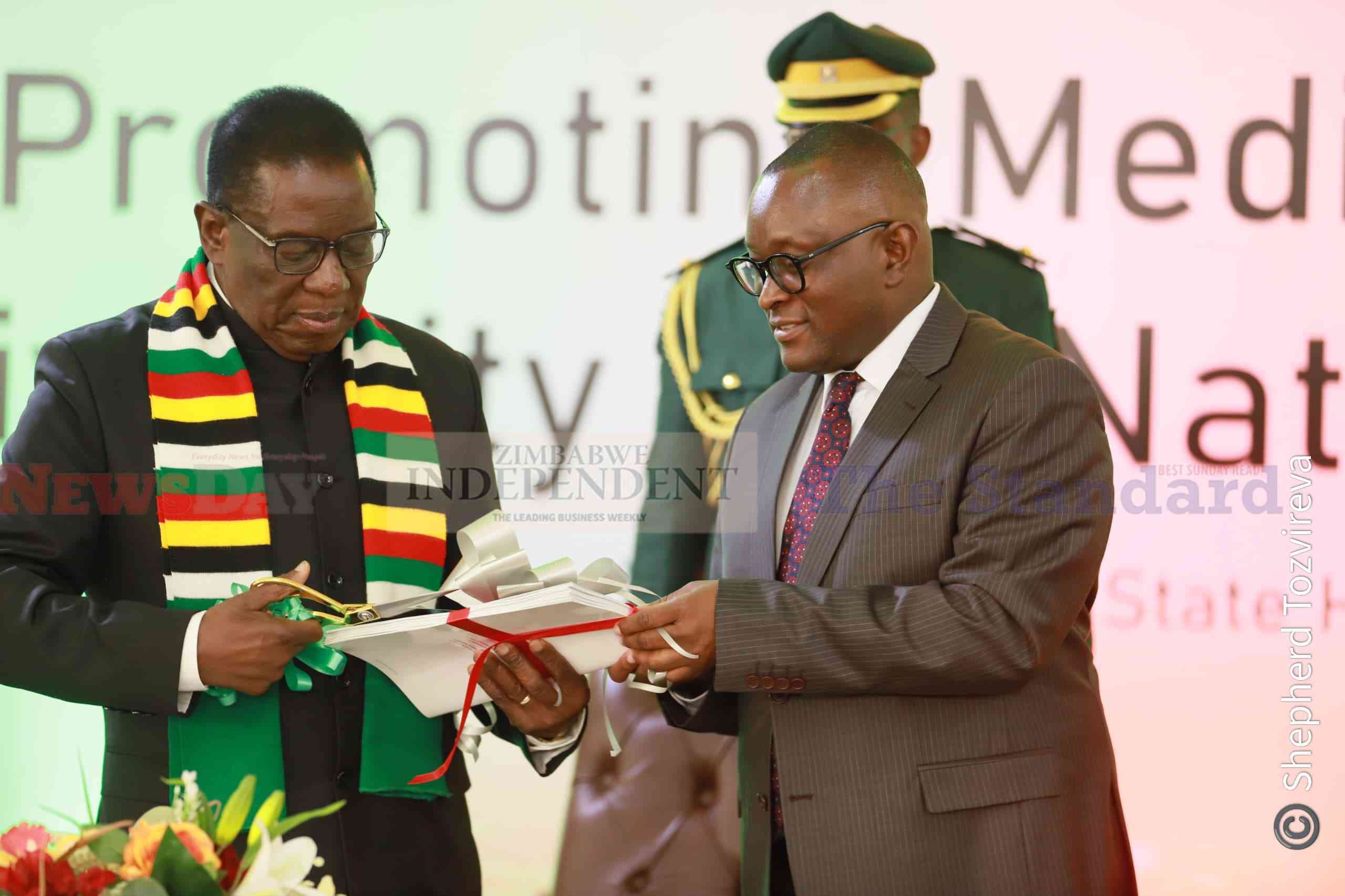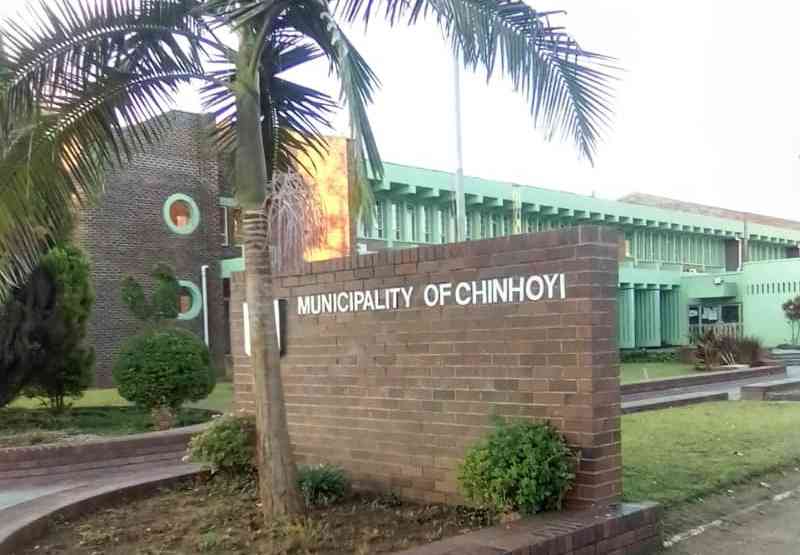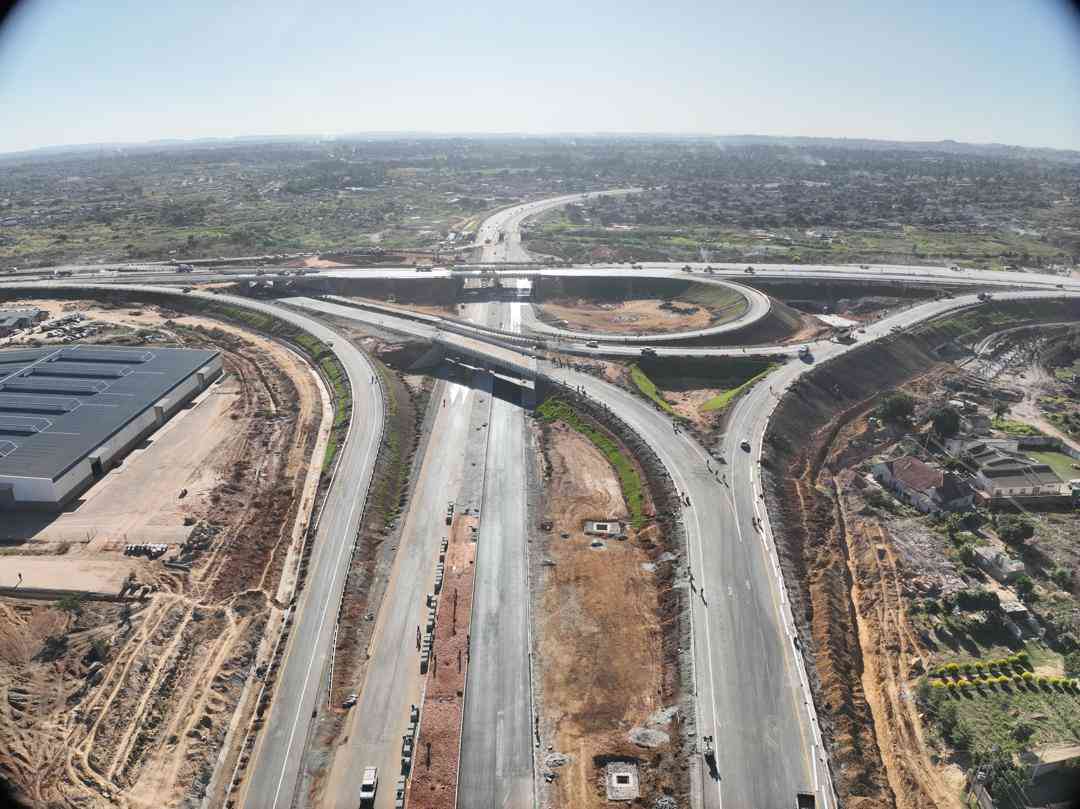
BY MTHANDAZO NYONI IN June 2019, the Zimbabwe dollar was officially reintroduced as the main legal tender for domestic transactions in the country amid scepticism from the general public concerning its sustainability. The intention was good but everything has been downhill since then.
The Zimdollar was abandoned in 2009 in favour of a multi-currency system following a devastating hyperinflation which topped five hundred billion percent, wiping away pensions and rendered the local currency useless.
When the government reintroduced the Zimdollar and briefly outlawed the use of foreign currency, authorities insisted that much of the transactions should be carried out in the local currency.
However, the Zimdollar has suffered from a lack of trust from both business and the public, a development that has cast doubt on the local currency’s sustainability going forward.
In its latest report titled Zimbabwe 2022 Economic Outlook; Assessing the Probable Outcomes, advisory firm, Morgan&Co said the success of the domestic currency would be contingent upon the outcome of tighter monetary policy measures.
In his February 2022 monetary policy statement (MPS), Reserve Bank of Zimbabwe governor John Mangudya put a cocktail of measures to support and promote the use of the local currency in the country.
For instance, he increased foreign exchange availability to fuel service stations designated by the Zimbabwe Energy Regulatory Authority to sell fuel in local currency, maintained minimum deposit rates for savings and time deposits at 10% and 20%, respectively, to preserve value for local currency deposits.
The apex bank chief said there was a need to build foreign exchange reserves to provide the necessary back-up support for the local currency to enhance its attractiveness through setting aside 5% of the foreign exchange available for the auction system.
- Chamisa under fire over US$120K donation
- Mavhunga puts DeMbare into Chibuku quarterfinals
- Pension funds bet on Cabora Bassa oilfields
- Councils defy govt fire tender directive
Keep Reading
He increased the limit on mobile banking transactions, with person to business limited $25 000 per transaction with a maximum limit of $100 000 per week; and person to person to $10 000 per transaction with a limit of $70 000 per week.
Mangudya also increased the cash withdrawal limit for the banking public from $2 000 to $5 000 per week.
Researchers at Morgan&Co, however, said controlling money supply growth would be a mammoth task given several economic realities.
“Firstly, foreign currency shortages continue to loom and there is a high propensity to import among economic agents,” it said.
“Secondly, the government of Zimbabwe still has a strong appetite for foreign currency given the need to finance agriculture or farming inputs and energy imports (fuel and electricity).”
“Thirdly, we expect to see increased liquidity injections by the government to fund various projects given the forthcoming 2023 elections. This huge appetite or demand will likely push the parallel market exchange rates, and this will have a pass-through effect on pricing and inflation,” Morgan&Co said.
Overall, Morgan&Co said the MPS falls short in its drive to support the use of the local currency unit given that it completely ignores the formalisation rate of the Zimbabwean economy.
“Monetary authorities in Zimbabwe clearly do not have the artillery to adequately police a burgeoning informal economy, a monster that we believe they have created through financial repression,” it said.
Critics have blamed the government for undermining the local currency through its actions, the latest of which was to pay its workers annual bonuses in United States dollars, for the first time since 2018.
The move, critics say, sent a message that the government had no faith in its own currency and betrayed its struggles with inflation.
According to estimates, the cash-strapped government paid out US$90 million in bonuses in a move critics say was meant to placate the restive workers and the increasingly militant labour unions.
In a sign that the local unit has failed the acceptance test, most rentals are now pegged in US dollars.
Also, the government is asking for US dollar payments for passports.
While the reintroduced Zimbabwe dollar traded at par with the greenback in February 2019, the exchange rate on the parallel market has of late shot up to $230.
Zimbabwe has been plagued by currency problems for over two decades, a crisis which has its genesis in the Black Friday of November 17, 1997.
On that day, the Zimbabwe dollar crashed, losing 72% of its value against the greenback after the government awarded unbudgeted compensation packages of $50 000 each to veterans of the 1970s liberation war.
The crash kicked off economic collapse and a depression that Zimbabwe is yet to recover from.
What is also compounding the woes of the Zimdollar is the fact that the transacting public is allowed to use any currency of choice locally.
But Mangudya said the current system in the country, where local currency, Zimbabwe dollar, is used as a functional currency together with foreign currencies for payment for goods and services was ideal for promoting growth and competitiveness of the economy.
He said the use of the local currency had helped the economy to grow by 7,8% in 2021 following the increased local currency backed aggregate demand that was necessitated by increased agricultural output and expansion in government infrastructural projects.
“It is for the foregoing reasons that promoting the broader use of the Zimbabwe dollar needs to be embraced by all in the country and all players within the economy to minimise the sentimental value of holding on to the past dollarisation era which was fraught with its own challenges,” he said.
“Dollarisation is, therefore, not a panacea to sustainably and competitively develop the country.”
Economics Professor Stephen Hanke recently indicated that the Zimdollar had depreciated 93% against the US dollar since its re-introduction about two years ago, adding the currency is in a “death spiral.”
During a CEO Roundtable meeting held in Harare recently, Nigel Chanakira, president of the Zimbabwe Economics Society, said some people argued that the Zimbabwe dollar will not last another year while he postulated that it will last longer.
But economics Professor Tony Hawkins disagreed with the central bank governor, saying he was trying to preserve the local currency that nobody wants to use owing to its depreciation in value.
“In 2018/19 he promised to preserve the value (of the Zimdollar), but since then prices have gone up 3 000% and the currency’s value has devalued by 99%. He talks about people using local currency but if you go to my bank, the hole in the wall (ATM machine) tells you you can draw 2 000 bonds, which are now worth US$0,88,” he said.
Hawkins said it was dishonest of the government to call for the use of the local currency yet paying civil servants’ bonuses in hard currency.
“If the Zimbabwe dollar is so great, why do I have to use foreign currency? It is the inconsistency, the contradiction, the deceit, the dishonesty of the government. They do not believe their own untruths; why should we believe in it?” Hawkins said.
Hawkins said the apex bank should go back to complete dollarisation to enable economic stability.
“Ideally, something I would be enthusiastic about, is going back to the US dollar again to try and stabilise things as we did (during my time on the RBZ board),” he said
Economist and academic Stevenson Dhlamini said the future of the Zimbabwe dollar was dependent on the policies that the central bank will adopt going forward.
He said for the Zimbabwe dollar to survive, there was a need to revert to the gold standard and stop measuring the currency against the foreign currency reserve but rather against the gold reserve that the RBZ has.
“That’s the one thing that will give the international community confidence about our currency and also encourage what the government is talking about as a free market initiative,” he said.
“So if we are to revamp our currency, we need to prove to the world that we have sufficient gold reserves to back up the currency. That way, the Zimdollar will survive,” he said.
The local currency weakened 3,68% on the first day of official trade on 18 January to $112 per US dollar.
It trades for less on the parallel market at more than $220 per US dollar. The local unit’s collapse is stoking inflation, which reached an annual 66,1% in February this year. As of 7 March 2022, the currency officially traded at $127,5 to the greenback.
In the outlook, inflationary pressures remain elevated.
The Zimbabwe Coalition on Debt and Development (Zimcodd) said lack of public confidence in local currency, lack of public trust in the monetary authorities coupled with an inefficient auction market system spelt danger for the Zimbabwe dollar.
“The election seasons are generally associated with fiscal indiscipline. This leads to excessive liquidity (Zimbabwe dollar) in the system hence fuelling local currency depreciation,” it said in its monthly economic review report.
“Authorities also face steep terrain in trying to increase the use of ZWL$ to save its value as the economy is re-dollarising fast. It is also difficult to stabilise a local currency and prices in an environment where corruption by public officials is rampant.”
“Economic reforms to eliminate distortions associated with government regulations and structural reforms to strengthen the institutional and legal framework among other reforms are long overdue to help reduce the cost of doing business and transacting in Zimbabwe,” it said.
While the official rate has been largely stable since August 2020, the local currency has lost most of its value on the parallel market. Between the end of December 2021 and January 31, 2022, the local currency lost 13,6% of its value in the parallel market, which is more than double the loss on the official market.
The parallel market premium, that is, the percentage difference between the parallel and official rate grew from 75% in early December 2021 to over 90% by the end of January 2022. The conventional threshold for these premiums is 20%.
This shows that the local currency is not stable as authorities suggest, Zimcodd said.
The organisation said the auction in its current form was contributing to the demise of the Zimbabwe dollar.
As such, it needed to be revamped and run transparently to cultivate public confidence and trust.










